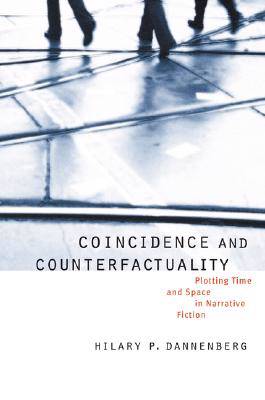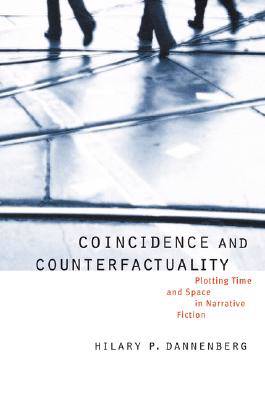
- Afhalen na 1 uur in een winkel met voorraad
- Gratis thuislevering in België vanaf € 30
- Ruim aanbod met 7 miljoen producten
- Afhalen na 1 uur in een winkel met voorraad
- Gratis thuislevering in België vanaf € 30
- Ruim aanbod met 7 miljoen producten
Zoeken
€ 76,45
+ 152 punten
Omschrijving
In Coincidence and Counterfactuality, a groundbreaking analysis of plot, Hilary P. Dannenberg sets out to answer the perennial question of how to tell a good story. While plot is among the most integral aspects of storytelling, it is perhaps the least studied aspect of narrative. Using plot theory to chart the development of narrative fiction from the Renaissance to the present, Dannenberg demonstrates how the novel has evolved over time and how writers have developed increasingly complex narrative strategies that tap into key cognitive parameters familiar to the reader from real-life experience. Dannenberg proposes a new, multidimensional theory for analyzing time and space in narrative fiction, then uses this theory to trace the historical evolution of narrative fiction by focusing on coincidence and counterfactuality. These two key plot strategies are constructed around pivotal moments when characters' life trajectories, or sometimes the paths of history, converge or diverge. The study's rich historical and textual scope reveals how narrative traditions and genres such as romance and realism or science fiction and historiographic metafiction, rather than being separated by clear boundaries are in fact in a continual process of interaction and cross-fertilization. In highlighting critical stages in the historical development of narrative fiction, the study produces new readings of works by pinpointing the innovative role played by particular authors in this evolutionary process. Dannenberg's original investigation of plot patterns is interdisciplinary, incorporating research from narrative theory, cognitive approaches to literature, social psychology, possible worlds theory, and feminist approaches to narrative.
Specificaties
Betrokkenen
- Auteur(s):
- Uitgeverij:
Inhoud
- Aantal bladzijden:
- 304
- Taal:
- Engels
- Reeks:
Eigenschappen
- Productcode (EAN):
- 9780803210936
- Verschijningsdatum:
- 1/07/2008
- Uitvoering:
- Hardcover
- Formaat:
- Genaaid
- Afmetingen:
- 167 mm x 235 mm
- Gewicht:
- 585 g

Alleen bij Standaard Boekhandel
+ 152 punten op je klantenkaart van Standaard Boekhandel
Beoordelingen
We publiceren alleen reviews die voldoen aan de voorwaarden voor reviews. Bekijk onze voorwaarden voor reviews.











